Hi, Nicole here! Last week, AAM brought together over twenty museum professionals from the Washington, DC area for an intimate and in-depth dialogue about museums and internships. This convening gathered interns, museum directors, leaders of museum studies programs, and other museum professionals to talk candidly about the issues shaping internships as pathways to museum work. I was honored to lead this project with the support of my colleagues here, including expert moderating efforts by CFM’s own Elizabeth Merritt and thoughtful framing by President and CEO Laura Lott. This dialogue is part of the larger arc of my work as a Mellon/ACLS Public fellow with CFM. You may recall that I’ve been exploring museums, equity, access and inclusion in the context of the future of work here on the blog and in my fellowship more broadly.
Last week’s dialogue on museums and internships was only a preliminary step in in-person engagement with these themes. Tomorrow, I’ll be posting on how CFM is grappling with these issues in greater depth with our demo in the MuseumExpo at the annual meeting. I’ll also post more about the outcomes and specifics of this dialogue in the weeks to come (whew, there’s a lot to process and share). But, for now, in this week’s Monday Musing, I want to share a few big themes and questions that stuck out to me–and solicit your feedback on how changes in the internships pipeline might impact the future of the museum field.
One of the issues that arose early in the conversation was the challenge of defining what an internship actually means—both for interns and for host institutions. The US Department of Labor has established six criteria to help “for-profit” private sector interns determine whether they qualify for minimum wage and overtime according to the Fair Labor Standards Act. The Dept. of Labor emphasizes that internships must, primarily, be for the benefit of the intern. In short, internships must be mainly educational. The National Association of Colleges and Employers, however, is pushing for more expansive standards. They offer their own, concise definition of internships and outline seven criteria that opportunities should meet in order to be considered proper internships. I recommend taking a look if you’re at all interested in best practices for internships in multiple sectors.
What’s striking to me across this discussion, and in the in-person convening, is just how complex the issue of internships and fair compensation actually is. Even the policy experts in the room disagreed on the specifics and terms (e.g. stipend vs. payment, experience vs. job). While I, personally, am compelled by the importance of providing payments to interns, I understand the thorniness of funding challenges—especially for smaller museums—that make these issues so tough. I’ve been reading Emily Turner’s post on the Incluseum blog for guidance on the ethics of paid internships and strategies for best practices. AAM has also compiled a list of readings that offer insight on the issue.
But a bigger question for me, beyond the challenges of defining the term itself, is the issue of internships as part of a broader pipeline toward museum employment. As many in the field continue to stress unpaid internships have increasingly become pre-requisites for museum work; meaning that those who can afford to work for free—or who are able to finance unpaid internships through other paid work—will be primarily the people who can take advantage of these opportunities. Internships, then, have bearing on both training and sustainability. If our field is unable to attract and retain a diverse museum professionals, how can we hope to remain relevant and relatable to the publics we serve? We must consider what strategies are available to help us do just that. What might it mean for museums to explore other forms of credentialing beyond the internship? What kinds of funds can museums employ to make sure that opportunities are broadly available to people who cannot afford to work for free? What models are there for successful internships that involve retention and how can we make sure that our field reflects the broad diversity of the communities that we serve?
I’d love to hear your thoughts on this huge issue of great importance for the future of our field! What examples or recommendations have you or your museum turned to?

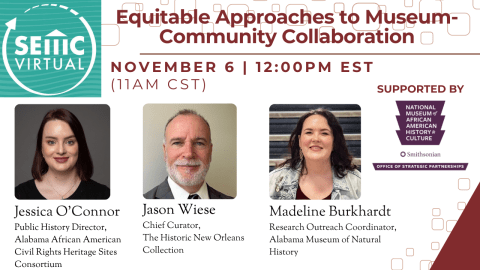

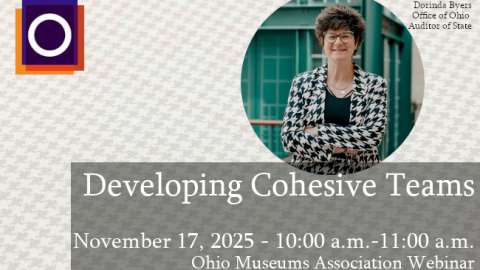
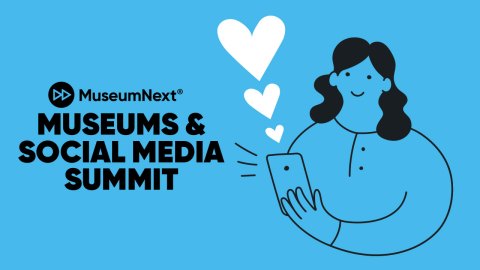

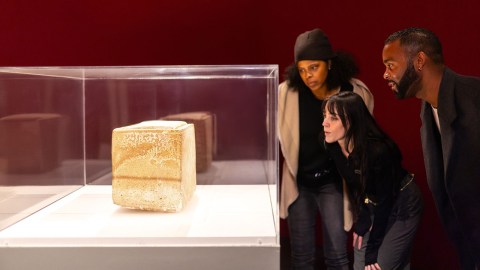
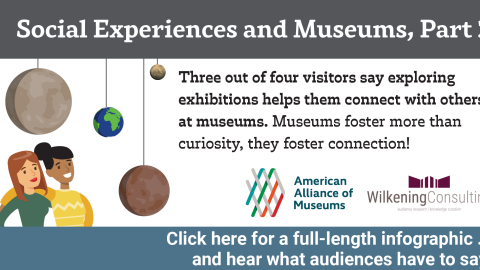
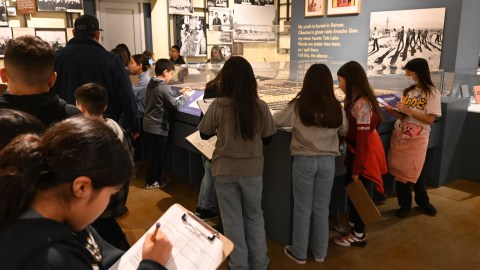
While I am no expert on this topic, I'm heading up a panel at the September annual meeting of AASLH in Detroit titled, "Diversifying the Leadership Pipeline" that includes Chris Taylor from Minnesota Historical and Jillian Reese of DIA, although she's representing Museum Workers Speak. I'd love to talk with you about what you're doing at the AAM meeting and how we might use it as a springboard for the AASLH discussion. I'm really looking forward to hearing more about this in a few weeks.
Hi Sarah, I'm no expert either. This is work wherein we all benefit from collaboration. I'm happy to talk more about CFM's work on museums, labor and equity at the annual meeting. Check the blog tomorrow for a post on just that. Also, feel free to contact me directly at nivy@aam-us.org! Thanks for thinking with me.
I wanted to respond to your comment, "… I understand the thorniness of funding challenges—especially for smaller museums…". Thorniness is not the issue. From AAM's own statistics almost 60% of its member museums have 0-3 staff members, who rely on volunteers to do everything including their own fund-raising. Budgets for museums of this size tend to be less than $100,000. Money to pay interns doesn't exist.
Instead of putting the burden on the individual museums, perhaps the responsibility for funding internships should lie with the universities that require them as part of their museum studies programs and professional organizations like AAM and AASLH that have the resources for fund-raising that most of the museums in this country do not.
As someone who is currently in a museum studies master program and about to head out on internship I can say that everyone in my program was hunting for funded internships. Funding for us all had different meanings, whether is meant a stipend or housing or both. In my case I needed to have a stipend attached to my internship (which I do). Many of the students in the program with me are recently out of college, with most having graduated in the last two or three years. We are already under other financial restraints (loans) and cannot work full time with classes. While these are choices we have made for ourselves but when we began looking for internships it was both disheartening and scary to be facing a summer without a paycheck. I do think there needs to be funding for internships, where that money comes from is definitely worth discussing but it is something that I know as I go into my career of which I will be aware. It maybe that we need to better define the difference between an intern and a volunteer, as with unpaid internships I have seen these lines become very blurred. I'm interested to hear what comes out of these upcoming conferences in regards to internships and diversifying the field.
As a museum professional who began my career in small museums, I disagree whole-heartedly with the assumption that just because museums are small that means that they can't pay interns. I interned at a small museum with 1.5 staff members when I was in undergrad, and I received a stipend. The institution valued diversity of opportunity in it's training and pre-professional programs, and also understood that to be competitive with major museums in our area for quality pre-professionals, they needed to offer a small stipend. To this day, it boggles my mind that while this small museum found room in the budget for a $1000 stipend that meant a world of difference for me as an intern, yet the multi-million, nationally-recognized, larger museums that I have worked and interned for do not pay interns.Yes, funding is limited for many institutions (especially small ones) but there are still choices that are made about how to allocate limited funding. How you choose to allocate that funding is your own choice, but if you cannot afford to hire people to do work/projects, you ultimately cannot afford to do that project at the current time.
I was a participant in last week's discussion, and one suggestion that I made was that SMAC or other organizations look into the possibilities of doing HR-shares (by which a group of small museums come together and pool resources to hire a HR consultant). I've encountered major HR issues in small museums, and it's one of the reasons that I ultimately decided that my career (at least for the present time) is in institutions of a larger size. While most small museums don't need a HR person for just their museums, I think that if coalitions of small museums could work closely with a HR consultant and share costs, the labor conditions for small museums will be better.
Ultimately, there are many problems in the economy as a whole when it comes to professional training and internships. Abuse of internships is not limited to the museum field. However, museums are OUR field and we have control over practices in our own offices, departments, and institutions, and we need to accept this responsibility in institutions large AND small.